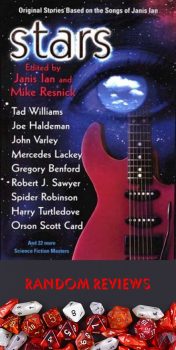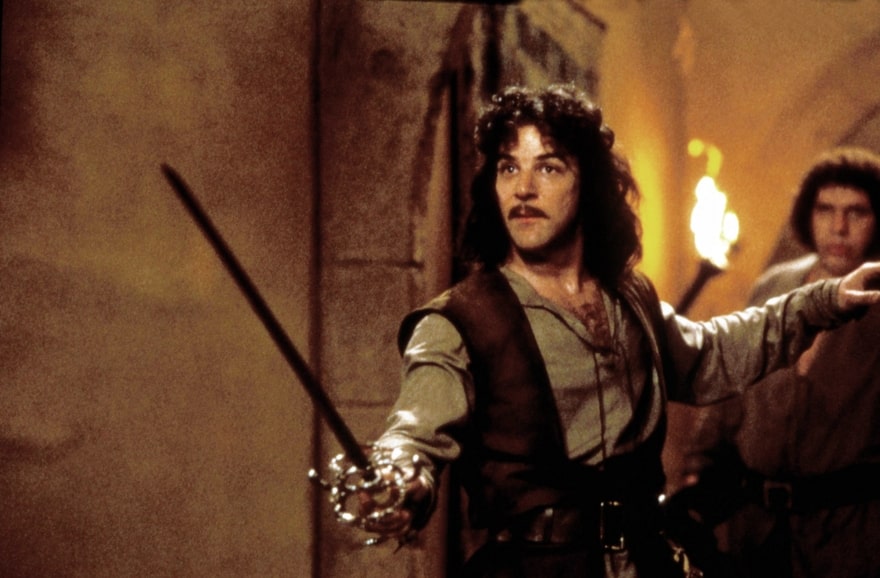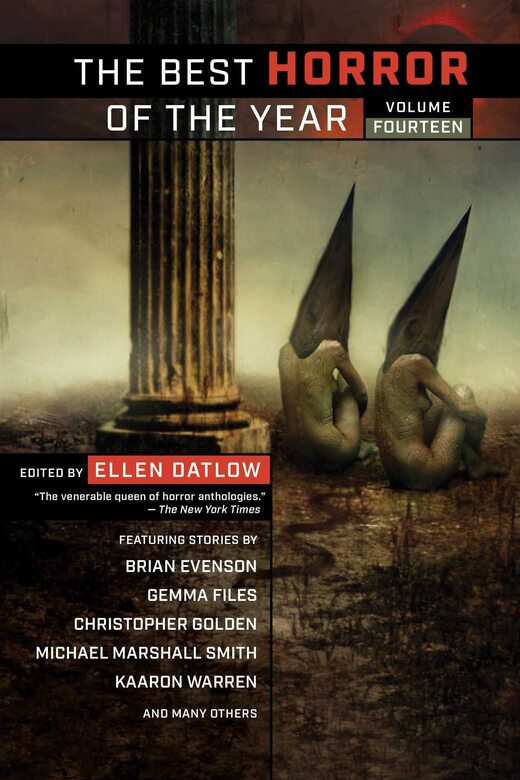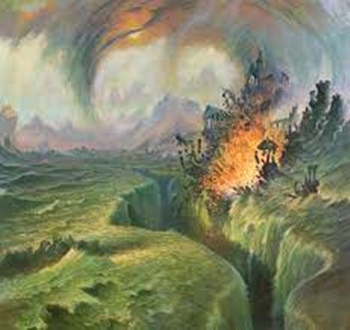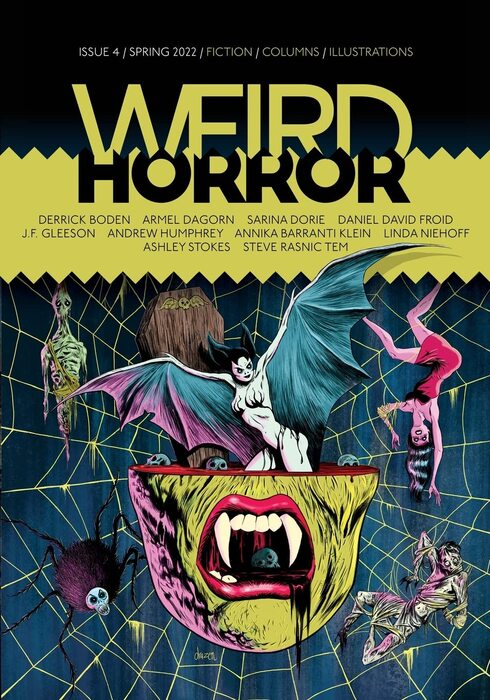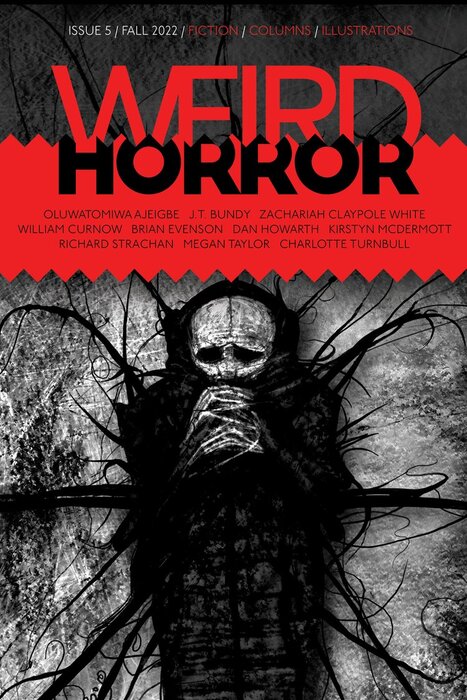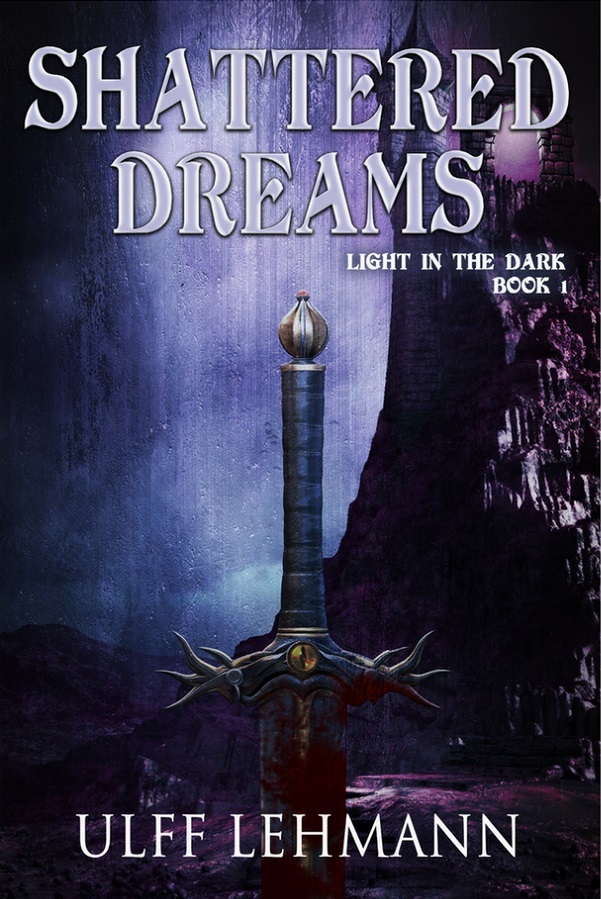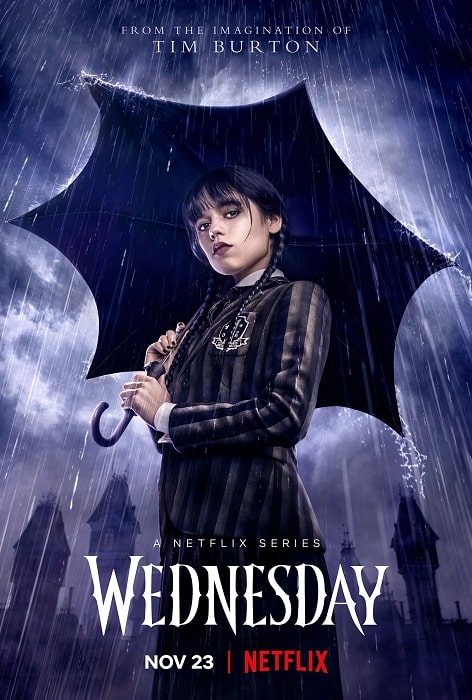New Treasures: Leech by Hiron Ennes
Leech (Tor.com, September 27, 2022)
I’m a fan of sci-fi horror, but to be honest I find much of it rather unimaginative. So I was very intrigued by Leech, the debut novel by Hiron Ennes, which is set in a crumbling chateau in a nightmarish post-apocalyptic America, and narrated by a parasitic monster masquerading as a human doctor who uncovers a competing parasitic horror spreading through his host’s castle. Part of my interest, I admit, arises from the flood of positive press:
“A sublime gothic sci-fi tale.” ― Library Journal, starred review
“Full of squirming terror.” ― Publishers Weekly, starred review
“Pure Gothic horror.” ― The Wall Street Journal
“A strange and fascinating far-future world is gradually revealed in this accomplished combination of gothic horror and sci-fi.” ― The Guardian
“Grotesque biology like I’ve never seen. If you’ve ever wondered what would happen if David Cronenberg and Edgar Allen Poe bumped into each other at the same parasitological conference, here’s your answer.” ― Peter Watts
When Peter Watts praises your inventive biology, you know you’re onto something. I was less than halfway through the summary on the inside flap when I knew I was gonna buy this one.


